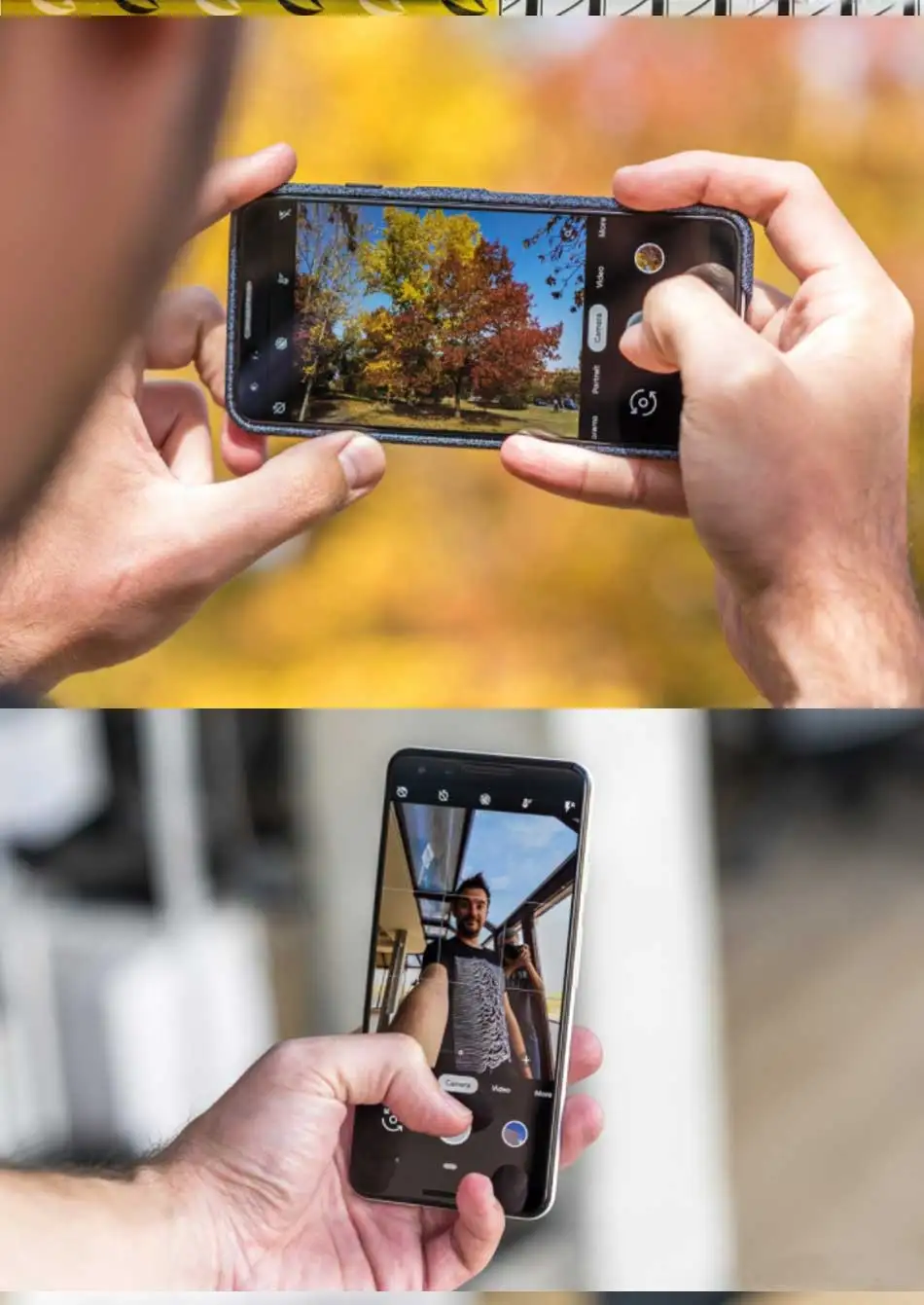

- Liquid crystal dash board driver#
- Liquid crystal dash board software#
- Liquid crystal dash board iso#
ISO TC 22/SC 13/WG8 (2000) Road vehicles-ergonomic aspects of in-vehicle visual presentation for transport information and control systems ISO 9241 Part 3 (1992) Ergonomic requirements for office work with visual display terminals (VDTs): visual display requirements ISO 4513 (2000) Road vehicles-visibility-method for establishment of eyellipses for driver’s eye location ISO 2575 (2000) Road vehicles-symbols for controls, indicators and tell-tales HMI: European Statement of Principles (1998) Prentice Hall, Upper Saddle River, New Jersey

Hearn D, Baker MP (1997) Computer graphics, 2nd edn.
Liquid crystal dash board driver#
Green P, Levison W, Paelke G, Serafin C (1995) Preliminary human factors guidelines for driver information systems. Galitz WO (1997) The essential guide to user interface design: an introduction to GUI design principles and techniques. Available online at: įMVSS (Federal motor vehicle safety standards) (2000) FMVSS 101-controls and displaysįoley JD, Van Dam A, Feiner SK, Hughes JF (1996) Computer graphics principles and practice. Manchester University Press, UKįHWA (2003) Federal highway administration, documentation on safety. Central Bureau of the CIE, ViennaĬrozier R (1994) Manufactured pleasures: psychological responses to design. 15.2 (1976) Recommendations on uniform color spaces, color-differences equations, psychometric color terms. IEEE Spectrum 37(1):91–96Ĭhrist RE (1975) Review and analysis of color coding research for visual displays. Armstrong Aerospace Medical Research Laboratory, Wright-Patterson Air Force Base, Ohioīretz EA (2000) Transportation. Displays 24(1):39–48īoff KR, Lincoln JE (1988) Engineering data compendium: human perception and performance. ACM Comput Surv 19(4):329–353īodrogi P (2003) Chromaticity contrast in visual search on the multi-color user interface. World Scientific and Engineering Academy and Society (WSEAS) Press, New Yorkīergfeld Mills C, Weldon LJ (1987) Reading text from computer screens. In: Mastorakis NE (ed) Signal processing, communications and computer science. Comput Graph 25(2):259–268īellotti F, De Gloria A, Villamaina A (2000) AutoGraL: Java API for configurable electronic dashboards. In particular, we discuss results of lab and road tests conducted at Robert Bosch GmbH in Germany.īellotti F, De Gloria A, Risso M, Villamaina A (2001) AutoGraL: a Java 2D graphics library for configurable automotive dashboards. This paper contributes to the study of this emerging research field through the description of the flow of design we followed in developing a real in-car system, and through the analysis of the potential impact on users of such a new flexible interface. Moreover, configurable dashboards can become an open communication channel able to integrate and harmonize, according primarily to safety considerations, any kind of visual information coming from present and future information systems (e.g., concerning safety and infotainment).

Such displays are flexible in terms of customization and of runtime configurability, allowing changes to number, layout, and appearance of visible instruments according to the actual driving conditions.
Liquid crystal dash board software#
The ACTIVE project has developed software programmable dashboards on liquid crystal displays (LCDs), studying an efficient exploitation of the visual space of the instrument cluster.

However, the larger number of warnings and signals conflicts with the limited display area available in vehicle. This role becomes even more important as the number of advanced driving assistance systems (e.g., frontal collision warning, night vision support, parking aids, adaptive cruise control) increases. The instrument cluster is an important element of the automotive passive safety system, since it shows to the driver the status of the car’s signals.


 0 kommentar(er)
0 kommentar(er)
